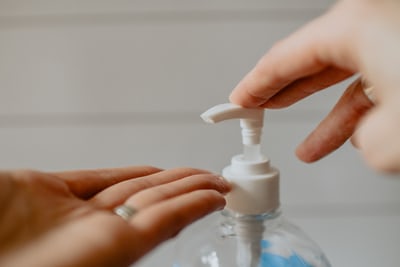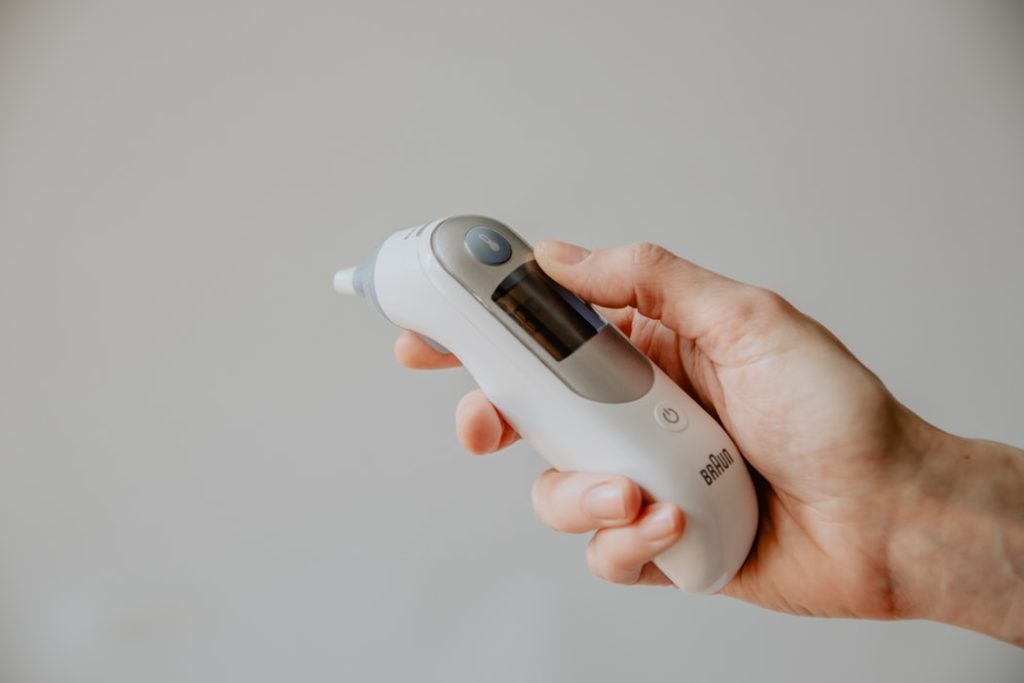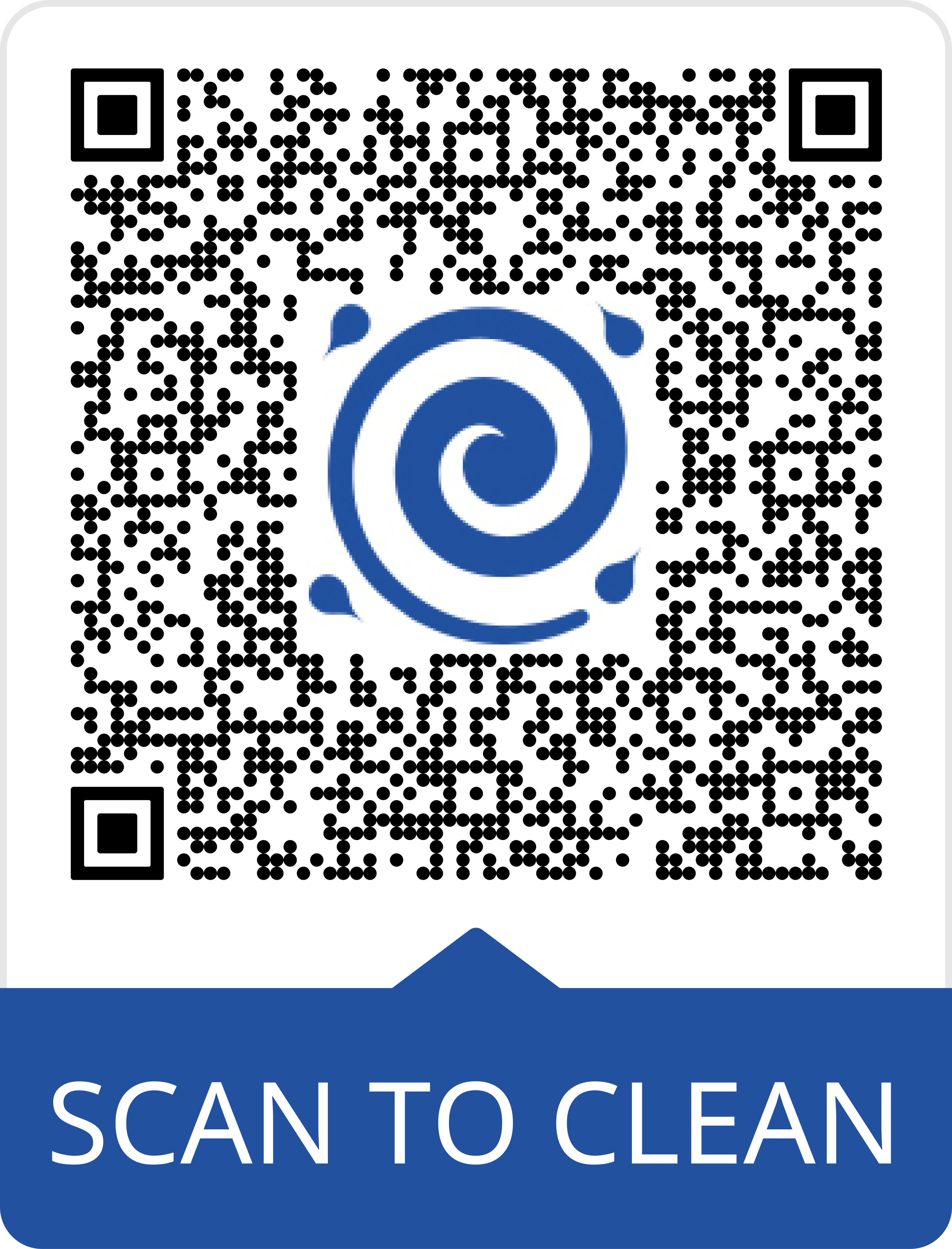Returning to the office – 10 essential tips to protect from COVID-19
As Australia emerges from the lockdowns and restrictions after the coronavirus pandemic, facilities and building managers are starting to create back to work plans for staff to begin returning to the office.
Some employees will be naturally anxious about returning to work and most will want the peace of mind that the office is safe, hygienic and fully disinfected every day. There are also guidelines to follow from the government regarding effective and safe cleaning practices.
Here are our top 10 essential tips to protect your workers from COVID-19 when they return to the office
Know the difference between cleaning and disinfecting
Cleaning is the first step and the process of physically removing visible dirt, grime, dust and marks, usually with warm water and a quality detergent.
Disinfecting is the second step where the clean and dry surface is then wiped down with a disinfectant which kills the unseen germs and bacteria on the surface.
Anti-bacterial products will not kill COVID-19
Anti-bacterial cleaning products are great for general health and hygiene, however, COVID-19 is not a bacterial infection, it is a viral one. Make sure that you use a high-quality commercial grade disinfectant.
Change some of your cleaning procedures
The global coronavirus pandemic will change the way we live and work forever. No longer is it going to be ok to blow on candles or cough away on the train. The same goes for commercial cleaning practices. Avoid dusting which can spread particles and pressure cleaning and spraying which can kick up particles and spray droplets.
Sanitiser Vs Disinfectant
Do not solely use a sanitising product on surfaces. Sanitiser is a weaker formula of germ-killing solution suitable for use on the skin. For surfaces, you should use a good quality disinfectant.
Check the grade of your disinfectant
For the most effective protection against COVID-19, the disinfectant used for your office cleaning should be greater than equal to 70% alcohol, quaternary ammonium compounds, chlorine bleach, or oxygen bleach according to Worksafe NSW guidelines.
Share what you are doing with employees
Employees want to feel safe and have peace of mind when they come back to the office, and there are a few simple things you can do to share what you are doing to protect staff.
- Put up posters in bathrooms and kitchens reminding staff to wash hands regularly and maintain social distancing
- Provide hand sanitising stations at entry and exit points and consider temperature checks
- Provide staff with hand sanitiser and disinfectant wipes to encourage them to use on phones, keyboards and desks frequently
- Send an email or post on the intranet the key steps your office cleaners are taking to keep the office protected and Contactless
- Encourage employees to call out any breach of cleaning protocol. A safe and clean office needs to be everyone’s business
Have a plan in place should you have a confirmed case
Work with your WHS Committee to ensure there is a clear plan in place in case there is a confirmed or suspected case in your office. Safe Work Australia has a great infographic which you can circulate.
Going green is good, but it will not protect you from COVID-19
Most building and facilities managers have green targets and use green cleaning companies, however, natural products are not strong enough to eliminate COVID-19. Vinegar, baking soda, essential oils and saline cleaning solutions are not effective enough to eliminate bacteria and germs. Double-check with your commercial cleaner and switch to a cleaning product which will deliver a safe, germ-killing clean.
Increase the frequency of cleaning in common areas
Common areas and touchpoints are a high-risk area for cross-contamination. Talk to your office cleaner and create a new cleaning schedule with increased cleaning frequency of shared areas and equipment. These include:-
- Stair rails
- Telephones
- Sign in screens and security pass panels
- Lift buttons
- Light switches
- Kitchenettes
- Bathrooms
- Door and drawer handles
Review cleaning staff shifts
Most employers will begin their return to work plan with staggered teams and split shifts and work times across departments. It’s important that if teams are rotating that a deep clean happens in the office areas before a new team goes in. It’s also important to minimise the rotation of cleaning staff to protect the cleaning teams and minimise the risk of contamination.
Chat to your office cleaner, or engage a commercial cleaner who specialises in COVID-19 deep cleaning. Develop updated cleaning schedules and a communications plan, to ensure you have an effective back to work cleaning plan for your office.



